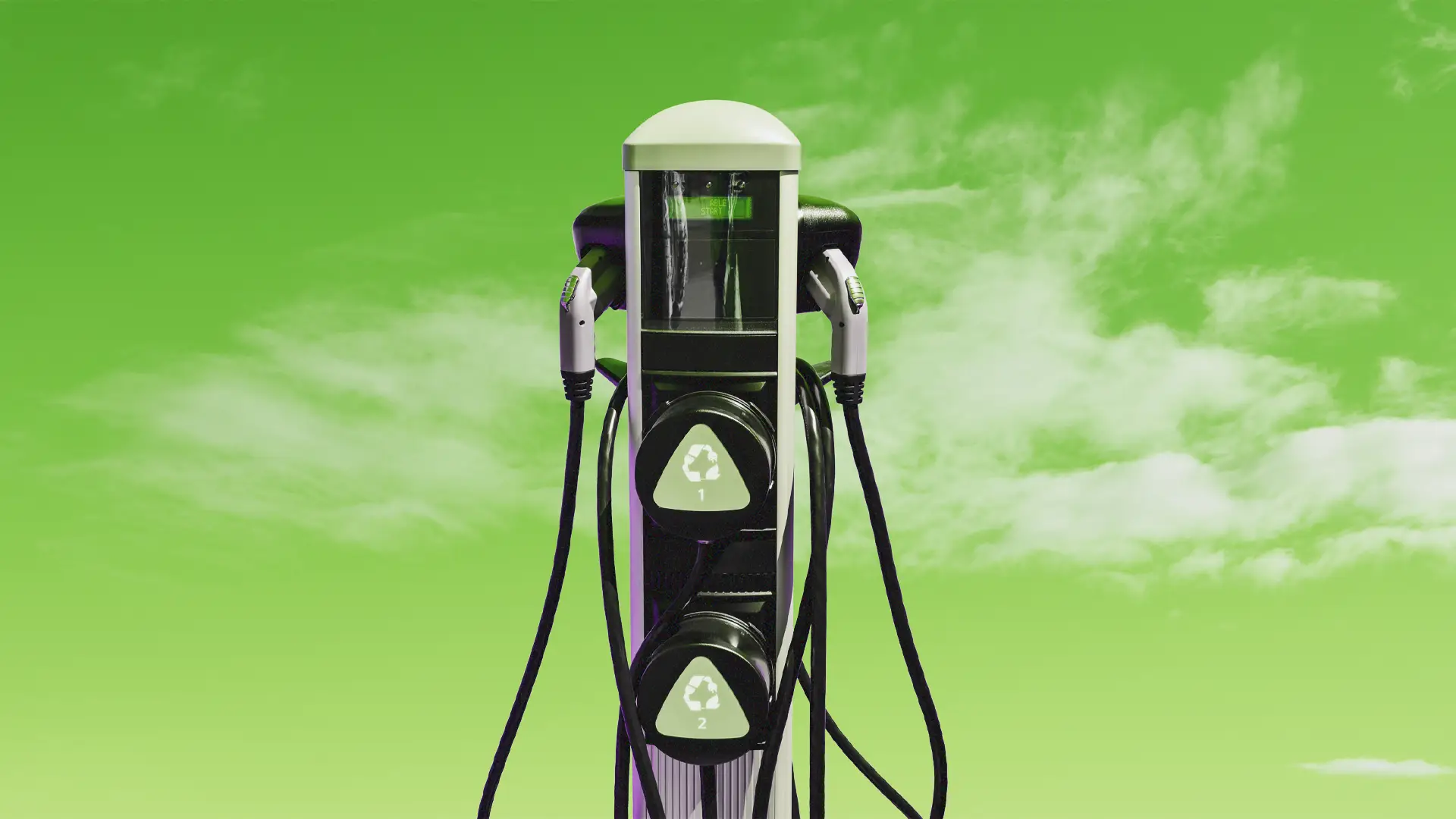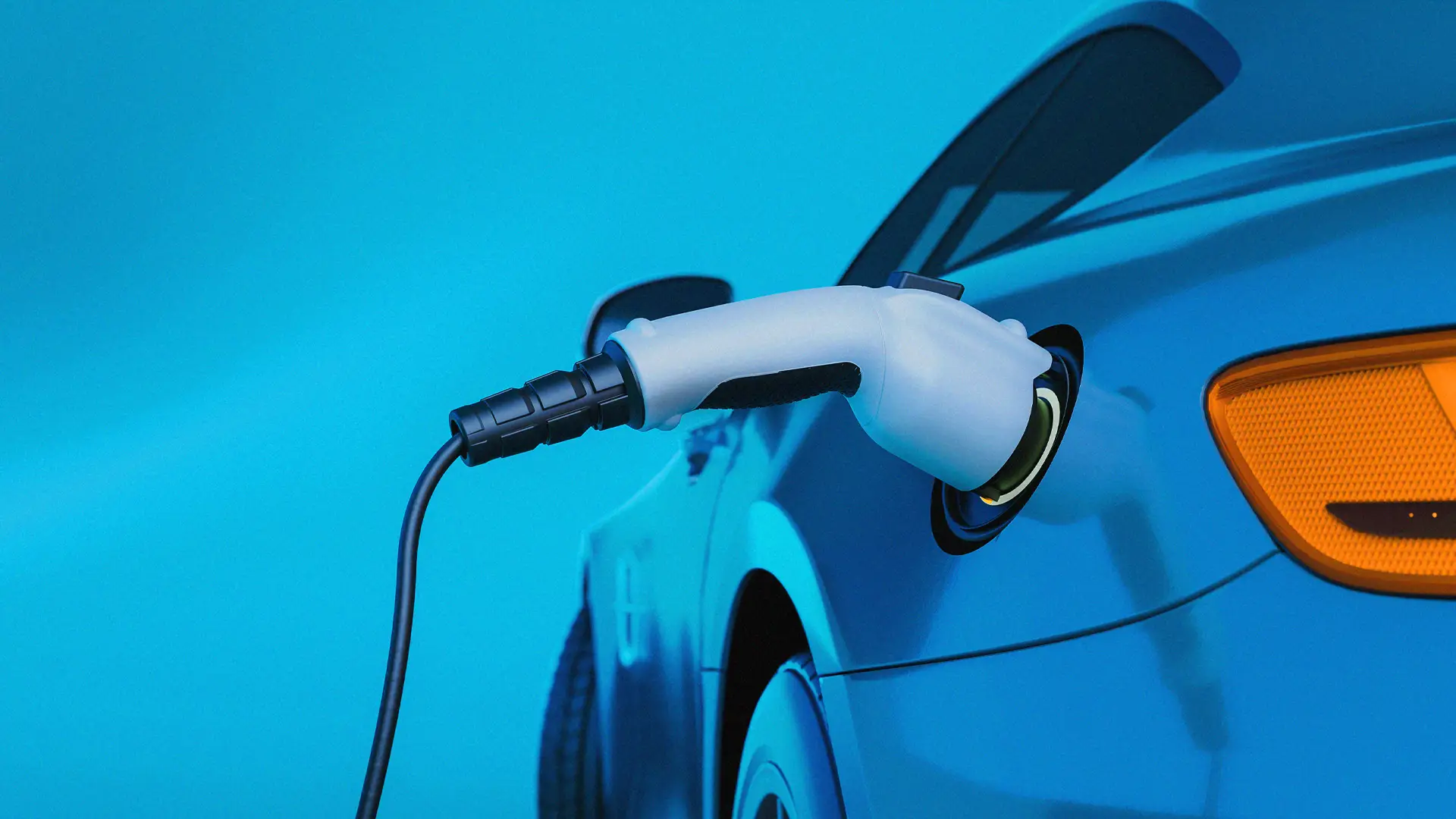

Key Takeaways
- Gas-powered lawn tools, like leaf blowers, contribute significantly to noise and air pollution, with small engines projected to outpace car emissions in some areas by 2031.
- Electric yard tools are gaining popularity due to advancements in battery technology, stricter regulations, and demand for cleaner, quieter options.
- Homeowners using electric yard tools are more likely to adopt EVs, driven by benefits like lower costs and reduced emissions.
- EV marketers can target this “electrified lifestyle” by emphasizing the synergy with electric lawn tools, solar panels, and renewable energy.
Listen: Connect with electrified households to accelerate EV growth.
The whine of a gasoline-powered leaf blower is a hallmark of suburban life—an ear-splitting reminder of how deeply fossil fuels are embedded in even the smallest corners of our daily routines. With noise levels averaging 90 decibels (a volume the World Health Organization considers harmful to hearing), these machines are more than just a nuisance; they're an environmental challenge.
In fact, small gasoline engines are poised to overtake cars as a leading source of emissions in many regions. According to the California Air Resources Board, by 2031, emissions from these engines in Southern California will be more than double those from passenger vehicles.
This growing awareness of the environmental and auditory impact of small engines is fueling a quiet revolution. Across the country, homeowners are embracing electric lawn care equipment, drawn by the promise of lower emissions, reduced noise, and hassle-free maintenance.
The rise of the “smart yard”
The shift from gas-powered to electric yard tools isn't just an eco-friendly trend—it's a technological revolution. Advances in battery technology, tighter emissions regulations, and the appeal of smart innovations like robotic lawnmowers and snow-clearing bots are accelerating this change.
This market transformation is gaining momentum. The global market for electric and battery-powered lawn care equipment is projected to grow at an annual rate of 6.4% through 2030, driven by consumers' demand for cleaner, smarter, and more convenient solutions.
As more homeowners electrify their yards, it raises an intriguing question: Could this shift pave the way toward electrifying their driveways? If so, do these “electrified households” represent a new, easily identifiable marketing cohort for marketers?
The shared benefits of e-lawns and EVs
E-lawn equipment and EVs share a compelling set of advantages. Both reduce operating costs, eliminate the need for gasoline, and cut out oil changes. Both are quieter and cleaner alternatives to their gas-powered counterparts. And, as homeowners experience the
convenience and satisfaction of ditching fossil fuels for their lawn care, it's only logical that they might start to view EVs through the same lens.
The connection doesn't stop at convenience. The broader trend toward the electrified home, which began decades ago with the rise of solar energy, has created a fertile ground for EV adoption. Since 2000, solar power capacity in the U.S. has grown exponentially, now reaching nearly 210 gigawatts—enough to power 36 million homes. Tesla's Powerwall and bi-directional EV charging systems have further integrated renewable energy into everyday life, enabling homes to store and share solar energy efficiently.
According to the Department of Energy's National Renewable Energy Laboratory, EV owners are more likely to install solar panels, and solar-powered homeowners are increasingly considering EVs. This growing synergy between residential and transportation technologies reflects a powerful behavioral connection that marketers can tap into.
Marketing the electrified lifestyle
For automotive marketers, this shift represents an enormous opportunity. The transition to e-lawns and solar-powered homes isn't just about swapping tools or adding panels—it's a mindset shift toward energy independence, sustainability and healthy living, and cost savings. By understanding the holistic energy habits of these households, marketers can position EVs as the natural next step in their journey toward a greener and quieter lifestyle.
Residential and transportation energy use together account for more than half of U.S. energy consumption. Encouraging the adoption of EVs and renewable energy solutions offers a unified path to decarbonizing these sectors. For homeowners already embracing e-lawns and solar, the leap to an electric car is less about conversion and more about completing the puzzle.
By tailoring holistic e-lifestyle strategies to this audience, EV marketers can position electric vehicles as the logical extension of their electrified choices. Here are key approaches to consider:
Target “quiet” communities
Communities enforcing noise ordinances and regulating gas-powered equipment are ripe for targeted marketing efforts. For instance, Ann Arbor, Michigan, will ban gas-powered leaf blowers starting January 1, 2028. Nationwide, nearly 500 communities have enacted noise ordinances to improve quality of life.
These forward-thinking communities, some being certified Green Zones, are natural markets for EV growth. Marketers can leverage hyper-local campaigns, such as:
● Connected TV ads showcasing the quiet and clean advantages of EVs.
● Direct mail campaigns highlighting EV compatibility with noise ordinances.
● Experiential programs like quiet driving demonstrations in noise-sensitive neighborhoods.
Collaborate with leading electrified brands
Partnering with major retailers and equipment manufacturers creates synergistic marketing opportunities. Big box stores like Lowe's and Home Depot, as well as e-commerce giants like Amazon, are already aligned with the electrified home market through their sales of e-lawn care equipment. Along with manufacturers such as Ego and Yarbo, strategic partners can be valuable collaborators for cross-promotion, data-sharing agreements, and retail media.
“Electrified home” bundling promotions
Local EV dealers could team up with nearby hardware stores to offer:
● EV test drives at e-lawn equipment demo events.
● Bundled purchase discounts for buyers investing in both an EV and electric yard equipment.
● Cash-for-gas exchange programs, incentivizing customers to trade in gas-powered blowers for discounts on electric vehicles.
● Installation bundles, work with local EV home charger and solar power installers to bundle products and services.
Partner with regional / local utilities
Partnering with regional and local utilities is a natural ally in promoting electrification, as increased electricity usage directly benefits them. EV marketers could negotiate to include targeted offers in monthly utility bills or work with utilities to provide free home energy evaluations. These evaluations could assess electrical capacity, ensure the wiring is up to code, and recommend upgrades to accommodate EV charging.
By aligning with utilities, marketers can also reinforce the narrative of energy independence, showing how EV ownership integrates seamlessly with solar, battery storage, and energy-efficient home solutions.
Tying it all together
Emerging sustainable technologies may seem disparate, but an invisible behavioral thread unites them. Homeowners who switch to electric lawn care equipment are psychographically the same as those weatherizing their homes and installing heat pumps. They're motivated by a desire to shrink their carbon footprint and embrace modern solutions that align with their values.
For EV marketers, the message is clear: Don't just market cars—market the electrified lifestyle. Appeal to the homeowner who's already “gone electric” in one part of their life. Show them how the EV fits seamlessly into the broader ecosystem of energy-efficient, convenient, and low-carbon living.
After all, the quiet revolution of the electrified yard may be the buzz that sparks the next wave of EV adoption.
Related

Great brand collaborations are the best to strengthen identity.
Design & Experience, Insights & Trends, Marketing & Creative, Beauty and Fashion

Consumer demand and policy are driving EV market growth.
Development & Technology, Insights & Trends, Automotive

Are you missing opportunities to improve health screenings?
Design & Experience, Marketing & Creative, Health







